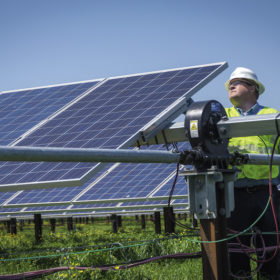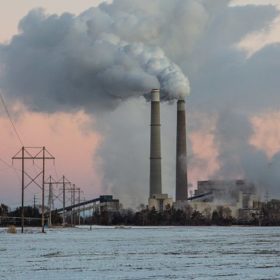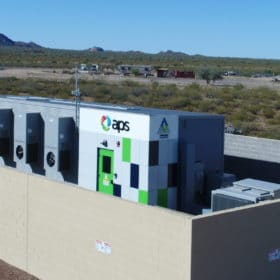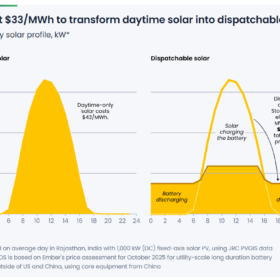Morning Brief: Avoiding coal-fired carbon capture projects and the costs of small modular nuclear reactors
Also in the brief: San José Clean Energy and Peninsula Clean Energy have launched a joint request for offers for the purchase of 1 million MWh annually of new, long-term renewable energy.
Advocates challenge Florida utilities’ gas-heavy 10-year plans
“Considering how off-track current plans are from where the science tells us we need to be to address the climate crisis, these plans are not in the best interest of Floridians,” says the Southern Alliance for Clean Energy. Stranded gas assets could raise customer bills, the group notes.
Electric co-ops lead growing wave of early coal plant retirements with ‘solar-for-coal swaps’
A new white paper from Energy Innovation found that 179 GW of U.S. coal plants were more expensive to run than solar, but only 10 GW per year were being retired. Swaps could accelerate the process.
Energy Jobs: Trump nominates Dems to FERC, Dominion CEO is out, plus SunPower, Engie, Invenergy, SMA, Generate
Executive, career and boardroom moves in solar, storage, cleantech, utilities and energy VC.
Morning Brief: Duke alleged to violate state law by building gas capacity without approval
Also in the brief: General Electric is selling its investment in 11 of its startups to 40 North Ventures, power lines are key to New Mexico becoming a renewable leader.
Renewables have outpaced nuclear and coal to start 2020
In the latest edition of Electric Power Monthly, EIA data shows that renewable resources have generated more electricity through May 31st than both coal and nuclear power.
Morning Brief: To solve the climate crisis, we need an investment revolution, plus FPL looks at green hydrogen
Also in the brief: Even the world’s top coal exporter is struggling to make money from burning the fuel, RFA for D.C. solar program
Morning Brief: Sol Systems to build 500 MW for Microsoft, Arizona regulators look to go 100% renewable
Also in the brief: Duke Energy Renewables has officially completed the 200 MW Rambler Solar project, Nikola Corporation has broken ground on its soon-to-be 1 million-square-foot manufacturing facility, Nelnet Renewable Energy will be managing services for 20 MW of community solar in New York.
What does the overhaul of PURPA mean for solar power?
The long-awaited overhaul of the Public Utility Regulatory Policies Act of 1978 is upon us, bringing with it substantial changes to the policy that has benefited over 30% of today’s solar facilities. What these changes will mean for American solar moving forward remains to be seen.
Breaking up the patent monopoly for the benefit of batteries
The patent monopoly is at odds with the global need for battery storage technology and if this norm continues, technology will not be able to be released in time to keep up with current climate goals.













